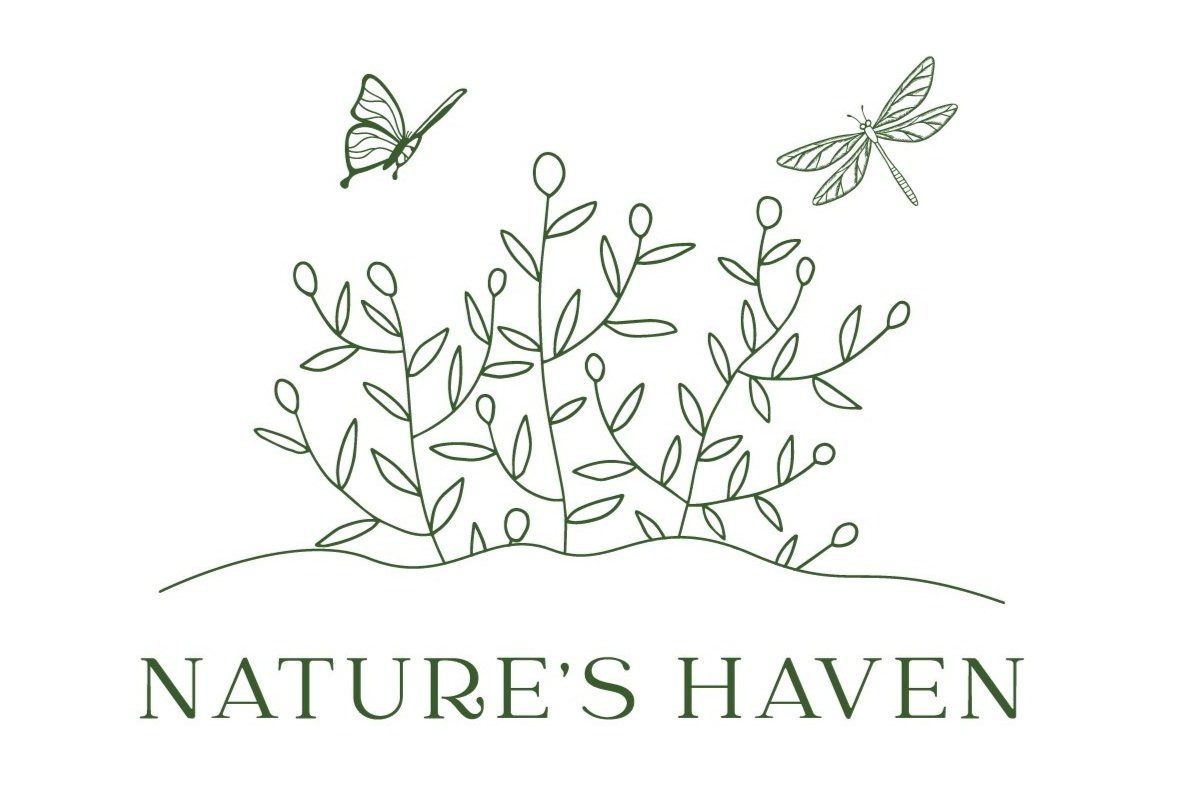Guess Who’s Coming to Dinner? Wasps!
“It landed in my soda!”
“It tried to carry off my hotdog!”
“It chased the kids away from the picnic table!!”
It’s those darn bees, right? Probably not. Let’s take a deeper dive into the world of stinging insects, in particular, bees, wasps, and hornets. Do you know the difference? It’s important that you do because some of these helpful garden friends can send you to the hospital if you behave rudely around them.
Bees, wasps, and hornets all belong to the same insect family, but about a million years ago, the family tree split up a bit into different branches, and bees headed off into their own world. Bees became eaters of nectar, staying vegan all the way. Wasps decided to be omnivores, eating nectar, honey, other insects, and your steak.
Bees grew round and fuzzy, so that their hairs would collect pollen, which they feed to their young. Wasps kept sleek and fast so they could be efficient hunters. What about hornets? Well, all hornets are actually wasps, but not all wasps are hornets. Hornets are generally larger than wasps and make large paper colonies you may see dangling from trees. Some hornets make a large paper nests in the ground.
All hornets live in social colonies of many thousands, while many wasps live solitary lives, making small nests in crevices, such as the gentle mud dauber who makes a small nest of mud.
These hints should readily tell you who is at your picnic table. It is always wasps. There is nothing on your menu that would interest any bee.
All these critters can sting. Honeybees can only sting once, and then they die. Wasps can drill you repeatedly, then flit off to sting another day. All these critters are protective of their nests, but have different defense systems. When bees are out foraging, you can actually pet them on the flowers and they won’t bother you. If you come near a wild honeybee nest, the bees will send out a few guard bees to chase you away. The farthest a diligent honeybee guard ever chased me was a matter of yards.
Wasps and hornets can be another matter. If you are unfortunate enough to disturb a nest, guards will come out by the hundreds, and they’ll chase you—sometimes a quarter mile or more. If you think of jumping into a pool, they will wait for you to surface. They will mark you with a chemical scent that will attract other defensive wasps. Swatting at them can release this chemical into the air, making you a fine target.
You may be asking yourself “What good are wasps? Perhaps we should eradicate them all…” But we need these creatures. They work hard in gardens, eating many of the insects we call pests. Away from their nests, they are rarely aggressive, and they don’t want to be around you any more than you want to be around them. Insects balance each other out in a healthy ecosystem, and the more bugs your garden hosts, the healthier your landscape, and the more birds you will attract. Wasps matter.
Locally, our most common and potentially difficult wasps are bald-faced hornets and yellow jackets. All the other hundreds of wasp species are quite harmless and are your garden friends. You will never notice most of them. The small paper nests you may find in your eaves or in bird houses are made by umbrella wasps, and the nest is rarely large. They are docile wasps unless their nest is right at your doorbell. I never knock them down, and I’ve never had them get aggressive.
All wasps and hornets are fine as visitors, but you probably don’t want a yellow jacket or bald-faced hornet nest in your yard, unless is it very high in a tree or in a very out-of-the-way place. These insects can harm your pets and children if mistakes are made. What kind of mistakes, you ask? First, never go near the nest. Stay at least ten feet away. More is better. Never swat at them, as that will send out the scent that will call out the guards. If a wasp is buzzing around you, back away. If it is eating your hamburger or soda, go inside or share your food. Don’t start swatting!
A great deterrent to wasps and hornets is a fake nest. Wasps are very territorial and do not like to make their home near other nesting wasps. Yellow jackets especially avoid areas where bald-faced hornets dwell, because the favorite food of bald-faced hornets is flies—and yellow jackets. Years ago, I made a paper mache hornet nest with a balloon and some wallpaper paste. I painted it, hung it, and we’ve had no nesting wasps since.
If you’d like to make one for yourself, Nature’s Haven will be hosting classes where we’ll be learning more about these amazing creatures and crafting paper mache wasp nests. Plan on getting really messy, and having great fun! We’ll have a hunt for wasps in my garden, and we’ll visit the umbrella wasps nesting in our wind chime. You can also visit my honeybee hives. We already had our July workshop, but keep checking the website so you don’t miss the next one. -Susan Knilans
